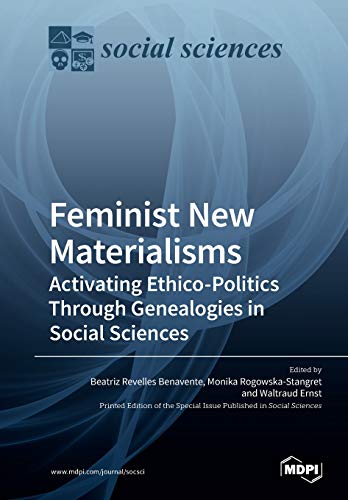

Most ebook files are in PDF format, so you can easily read them using various software such as Foxit Reader or directly on the Google Chrome browser.
Some ebook files are released by publishers in other formats such as .awz, .mobi, .epub, .fb2, etc. You may need to install specific software to read these formats on mobile/PC, such as Calibre.
Please read the tutorial at this link: https://ebookbell.com/faq
We offer FREE conversion to the popular formats you request; however, this may take some time. Therefore, right after payment, please email us, and we will try to provide the service as quickly as possible.
For some exceptional file formats or broken links (if any), please refrain from opening any disputes. Instead, email us first, and we will try to assist within a maximum of 6 hours.
EbookBell Team

0.0
0 reviewsFor the editors of this collection, new materialisms have always been the entanglement of epistemology, ontology, ethics, and politics. Looking back to the notion of “situated knowledges” (Haraway, 1988) that – among others – “planted the seed for feminist new materialism” (van der Tuin, 2015, 26) – one sees how those (at least) four planes are entangled (Rogowska-Stangret, 2018) in order to bring forth “response-able” (Haraway, 2008) research. New materialism is thus an ethico-onto-epistemological framework (Barad, 2007; Revelles-Benavente, 2018) that by activating its ethico-politics helps to diagnose, infer, and transform gendered, environmental, anthropocentric, social injustices from a multidimensional angle. Social injustices are a driving motivation to pursue research and are the reason why the editors and authors of this Special Issue cannot understand new materialism without feminism (in the lines of eds. Hinton & Teusch, 2015). Contemporary feminist researchers are providing new materialisms with a transversal approach, (Yuval-Davis 1997) that comes from many different disciplines without canonizing back again knowledge creation and production and in hope that they will not enter back into classifixations (van der Tuin, 2015). It is “situated” (Haraway, 1988) research “response-able” (Haraway, 2008) to material-discursive practices that iterate in a dynamic conceptualization of matter.